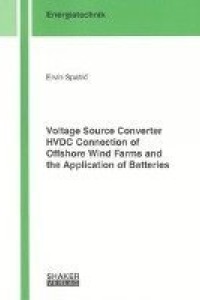
Liknande böcker
Improving the Error-Floor Behavior of Low-Density Parity-Check Codes
Bok av Stefan Ländner
Modern communication systems achieve the best performance using digital techniques that allow the trade-off between power and bandwidth efficiency by using channel coding for protecting transmitted data against errors introduced by the communication channel. Low-density parity-check (LDPC) codes have, besides turbo and polar codes, become a most prominent class of channel codes in modern coding theory, due to their performance close to channel capacity despite using low-complexity belief-propagation decoders.The performance of iterative belief-propagation decoders for additive white Gaussian noise channels at high signal-to-noise ratios, however, exhibits a degradation in its slope and does not under-run a certain error rate curve, called "error floor". The error events causing this change of slope are triggered by substructures in the code's parity-check matrix, termed "trapping sets". These sets lock the decoder in irreversible failure states when unfavorable channel noise realizations are present.We study the error-floor behavior of LDPC codes under belief-propagation decoding for the Gaussian channel and classify trapping set errors. Structured LDPC codes are investigated whose number and size of small elementary trapping sets can be enumerated. Improved decoding strategies for lowering the error floor are developed based on algorithmic improvements involving damping and averaging strategies, as well as modifications of the parity-check matrix appending redundant rows. Furthermore, we derive bounds on the required redundancy of the decoding graph in order to avoid all trapping sets of given size.







